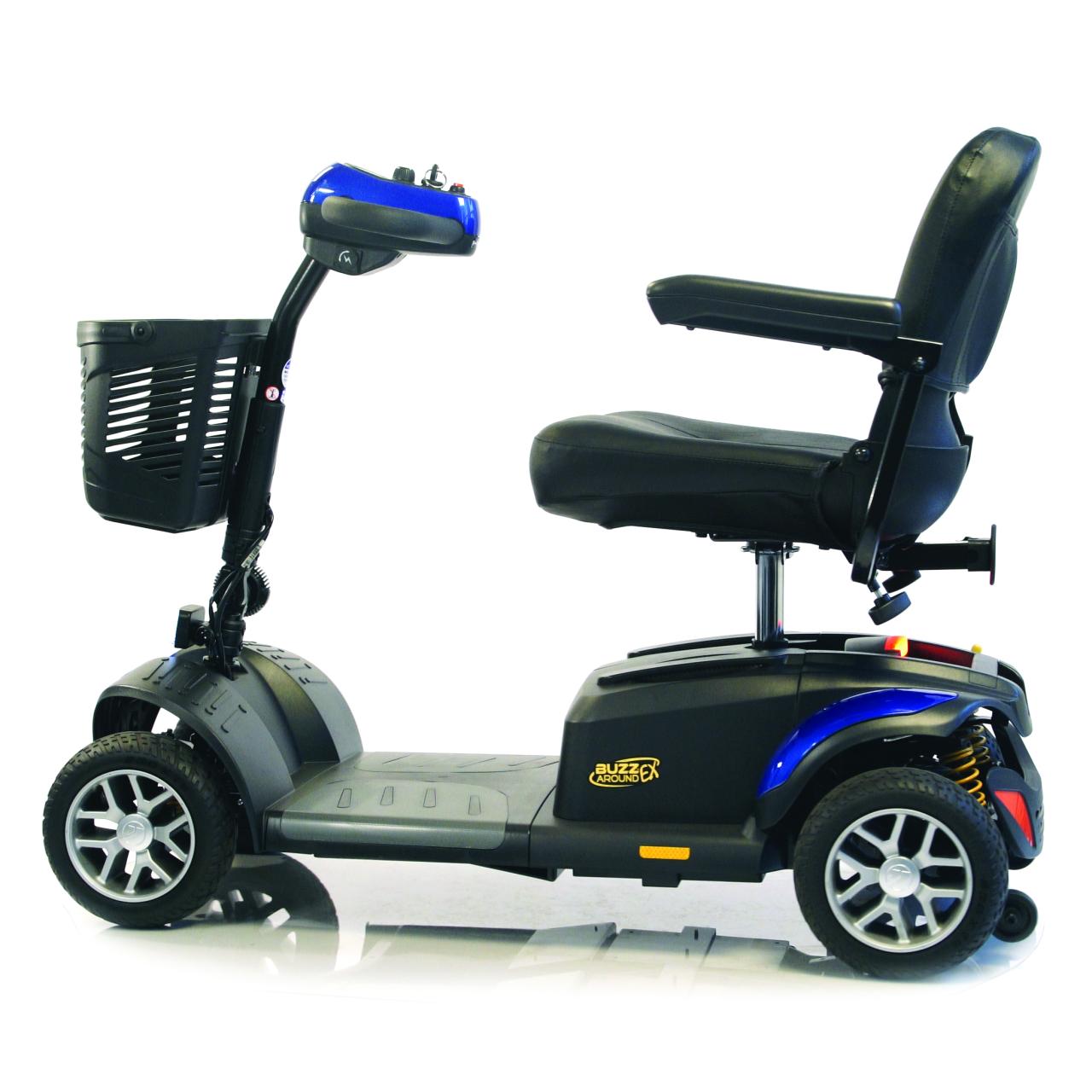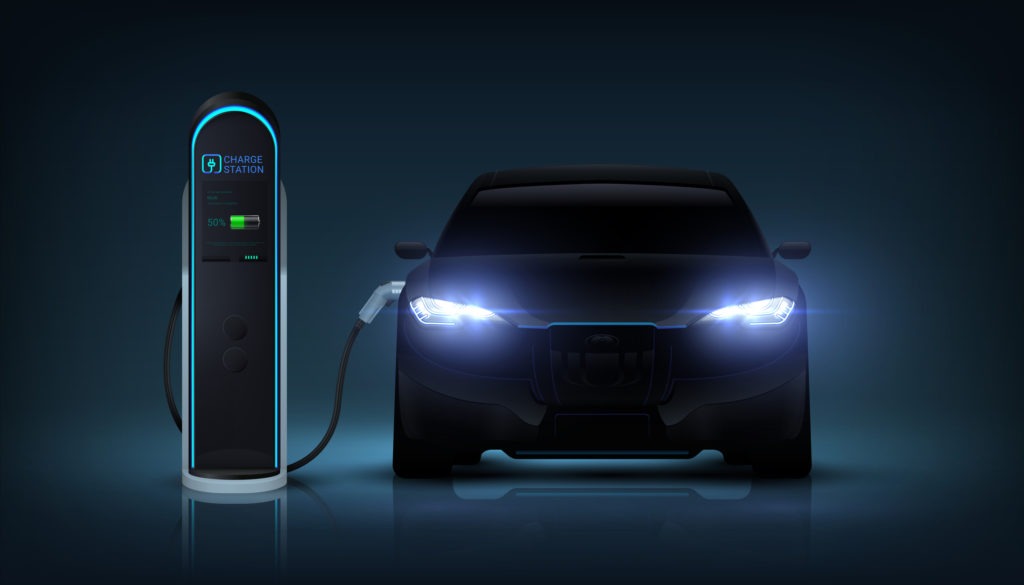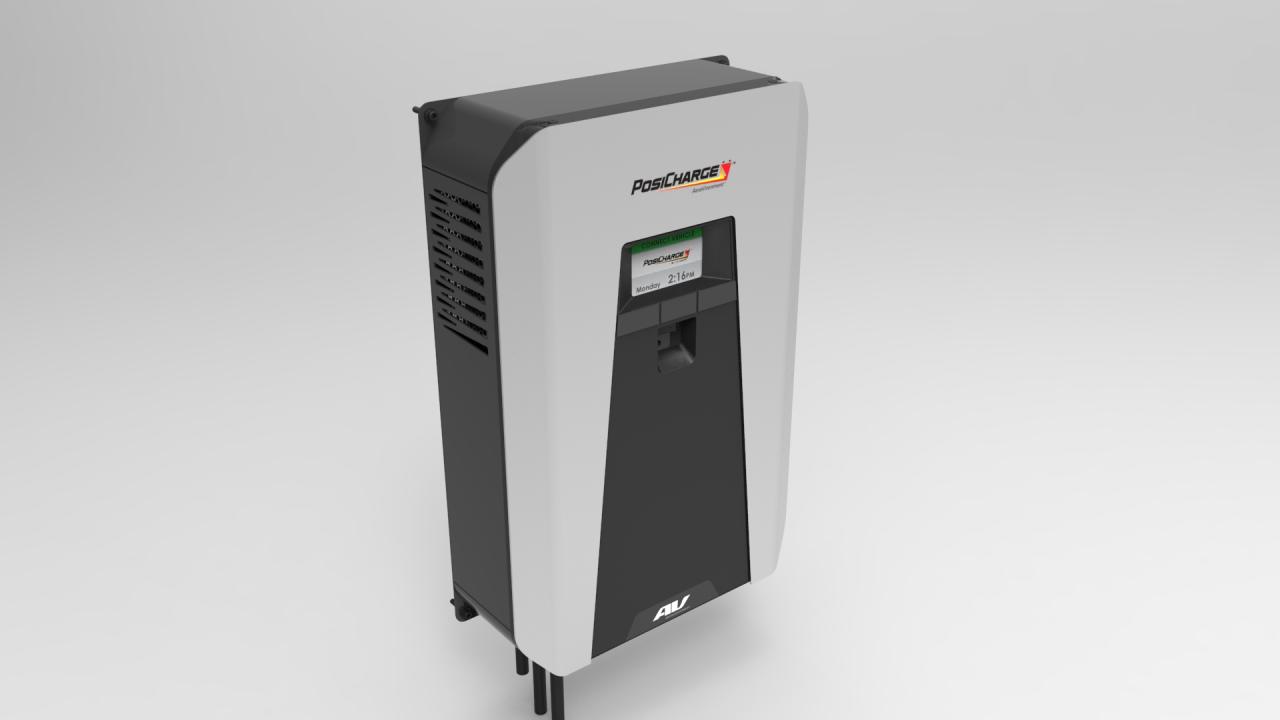E-Bike Technologies: Revolutionizing Personal Transportation
E-bike technologies are taking center stage in the world of personal transportation, offering a sustainable and efficient alternative to traditional modes of travel. From the powerful motors that propel riders […]

E-bike technologies are taking center stage in the world of personal transportation, offering a sustainable and efficient alternative to traditional modes of travel. From the powerful motors that propel riders forward to the innovative battery technologies that provide extended range, e-bikes are rapidly evolving, incorporating cutting-edge advancements to enhance performance, convenience, and safety.
This comprehensive exploration delves into the intricate workings of e-bike technologies, examining the various components that contribute to their functionality and impact on the riding experience. We will delve into the intricacies of motor types, battery chemistries, display systems, sensors, controls, frame materials, and safety features, highlighting the latest advancements and trends shaping the future of e-bike technology.
E-Bike Display Systems
E-bike displays are essential components that provide riders with critical information and control over their electric bicycles. They serve as a central hub for monitoring and managing various aspects of the e-bike’s performance, enhancing the overall riding experience.
Types of E-Bike Displays
E-bike displays come in a variety of forms, each offering unique advantages and catering to different preferences.
- LCD Displays: LCD (Liquid Crystal Display) displays are the most common type found on e-bikes. They are known for their clarity, readability, and affordability. LCD displays typically feature a backlight for visibility in low-light conditions and can display a range of information, including speed, distance, battery level, and assist levels.
- LED Displays: LED (Light-Emitting Diode) displays are becoming increasingly popular due to their energy efficiency, durability, and bright, vibrant colors. LED displays are often smaller and more compact than LCD displays, making them suitable for minimalist designs. They can also be more resistant to damage from vibrations and shocks.
- Smartphone-Based Displays: Smartphone-based displays utilize a rider’s existing smartphone as the interface for their e-bike. This approach offers the advantage of leveraging the phone’s advanced features, such as GPS navigation, music playback, and connectivity to apps. However, it requires the use of a dedicated app and a Bluetooth or ANT+ connection to the e-bike.
E-Bike Display Functionalities
E-bike displays provide riders with valuable information and control over their e-bike’s operation. Some of the common functionalities include:
- Speed: Displays typically show the current speed of the e-bike, often in both kilometers per hour (km/h) and miles per hour (mph).
- Distance: Displays track the total distance traveled, providing insights into the bike’s range and allowing riders to plan their journeys.
- Battery Level: Displays indicate the remaining battery charge, allowing riders to monitor the e-bike’s power reserves and plan for recharging.
- Assist Levels: Many e-bikes offer multiple assist levels, allowing riders to adjust the amount of electric assistance they receive. Displays typically show the selected assist level, allowing for easy customization.
- Trip Data: Some displays record and display trip data, such as average speed, maximum speed, and total ascent/descent, providing riders with detailed information about their rides.
- Navigation: Some displays integrate with GPS navigation systems, providing turn-by-turn directions and allowing riders to explore new routes.
- Connectivity: Smartphone-based displays often offer connectivity features, such as Bluetooth or ANT+ communication, allowing riders to connect with their e-bike app and access additional data and functionalities.
User Interface Design and User Experience
The user interface (UI) and user experience (UX) of e-bike displays are crucial for ensuring a seamless and enjoyable riding experience.
A well-designed UI should be intuitive, easy to navigate, and provide clear information to the rider.
- Clarity and Readability: The display should present information clearly and concisely, using legible fonts and appropriate contrast.
- Intuitive Navigation: The display should be easy to navigate, with clear buttons or touch controls for adjusting settings and accessing different functionalities.
- Customization Options: Riders should have the ability to customize the display’s settings, such as language, units, and display modes, to personalize their experience.
- Feedback Mechanisms: The display should provide clear feedback to the rider, such as audible alerts or visual indicators, to confirm actions and provide essential information.
Innovative E-Bike Display Features and Technologies
E-bike display technology is constantly evolving, with manufacturers introducing innovative features and technologies to enhance the riding experience.
- Color Displays: Some newer displays utilize color screens, providing a more visually appealing and informative experience.
- Touchscreen Interfaces: Touchscreen displays offer a more intuitive and responsive user experience, allowing riders to interact with the display using gestures.
- Integrated Lighting: Some displays incorporate integrated lighting, providing improved visibility for riders in low-light conditions.
- Wireless Connectivity: Wireless connectivity features, such as Bluetooth and ANT+, allow riders to connect their e-bike with smartphones and other devices, enabling access to advanced functionalities and data.
- Advanced Data Analytics: Some displays collect and analyze data from rides, providing insights into performance, efficiency, and riding habits.
E-Bike Sensors and Controls

E-bike sensors and controls are the brains behind the operation of an e-bike. They gather information about the rider’s actions and the environment and use this information to provide assistance, enhance safety, and optimize performance. These systems are designed to seamlessly integrate with the rider’s input and provide a smooth and intuitive riding experience.
E-Bike Sensors
Sensors are essential components that measure various aspects of the e-bike system. These measurements are then transmitted to the control unit, which processes the data and adjusts the motor output accordingly.
- Speed Sensors: These sensors measure the speed of the rear wheel and transmit the data to the control unit. This information is used to regulate the motor’s output and ensure that the e-bike does not exceed the maximum assisted speed limit.
- Cadence Sensors: These sensors measure the frequency of pedal rotations. This data is used to determine the rider’s effort and adjust the motor’s assistance level accordingly. For example, when the rider pedals faster, the motor provides more assistance to maintain a consistent speed.
- Torque Sensors: These sensors measure the force applied to the pedals. The control unit uses this information to provide assistance that is proportional to the rider’s effort. This results in a more natural and responsive riding experience, as the motor provides assistance only when needed.
E-Bike Controls
E-Bike controls allow riders to interact with the e-bike system and adjust settings such as the level of assistance, display information, and activate features like lights.
- Thumb Shifters: These shifters are mounted on the handlebars and are operated with the thumb. They provide a simple and intuitive way to adjust the level of assistance.
- Grip Shifters: These shifters are integrated into the handlebar grips and allow riders to adjust the assistance level by twisting the grip. They offer a more ergonomic and comfortable experience, especially for riders with smaller hands.
- Pedal Assist Sensors: These sensors are integrated into the pedals and measure the force applied by the rider. They provide a seamless and intuitive experience, as the motor provides assistance only when the rider is pedaling.
Future of E-Bike Sensors and Controls
The future of e-bike sensor and control technologies is promising, with advancements in artificial intelligence (AI) and machine learning (ML) expected to significantly enhance the riding experience.
- AI-Powered Assistance: AI algorithms can analyze rider data and environmental conditions to predict and adjust the level of assistance in real-time. This will result in a more personalized and efficient riding experience.
- Advanced Safety Features: Sensors and AI can be used to develop advanced safety features such as automatic emergency braking, lane departure warnings, and blind spot detection. These features will enhance rider safety and reduce the risk of accidents.
- Connectivity and Integration: E-bikes will become increasingly connected to smartphones and other devices. This will enable riders to access navigation, fitness tracking, and other features directly from the bike’s display.
E-Bike Frame and Suspension Technologies
The frame and suspension of an e-bike play a crucial role in its overall performance, ride quality, and durability. They provide the structural foundation for the bike, support the rider and components, and absorb shocks and vibrations encountered on various terrains.
E-Bike Frame Materials
The choice of frame material significantly impacts the e-bike’s weight, durability, and cost. Here are some popular frame materials:
- Aluminum: Aluminum frames are lightweight, durable, and relatively affordable. They offer a good balance of strength and weight, making them suitable for a wide range of e-bike styles. However, aluminum can be prone to denting and scratching, and it may not be as vibration-absorbing as other materials.
- Carbon Fiber: Carbon fiber frames are the lightest and strongest option, offering exceptional stiffness and vibration damping. They are also highly responsive, providing a more efficient ride. However, carbon fiber frames are significantly more expensive than aluminum or steel frames, and they can be more susceptible to damage if not handled carefully.
- Steel: Steel frames are known for their durability and affordability. They are also highly resistant to corrosion, making them a good choice for bikes that will be exposed to harsh weather conditions. However, steel frames are heavier than aluminum or carbon fiber frames, which can affect the e-bike’s performance.
E-Bike Suspension Systems
Suspension systems in e-bikes help to absorb shocks and vibrations from the terrain, providing a smoother and more comfortable ride. They are particularly important for e-bikes used for off-road riding or commuting on rough roads.
- Front Suspension: Front suspension forks are the most common type of suspension on e-bikes. They use a spring or air spring system to absorb shocks from the front wheel, improving ride quality and handling. Front suspension forks are available in various travel options, ranging from 60mm to 160mm, depending on the intended use of the e-bike.
- Rear Suspension: Rear suspension systems are less common on e-bikes, but they are becoming increasingly popular. They offer additional shock absorption and improve traction on uneven terrain. Rear suspension systems can be integrated into the frame or attached to the rear triangle using a linkage system.
- Full Suspension: Full suspension e-bikes feature both front and rear suspension systems, providing the highest level of shock absorption and ride comfort. They are typically used for aggressive off-road riding, where the terrain is particularly rough and demanding.
Innovative E-Bike Frame and Suspension Designs
E-bike manufacturers are constantly innovating and developing new frame and suspension designs to improve performance and ride quality. Some notable examples include:
- Integrated Suspension: Some e-bikes feature suspension systems that are integrated into the frame, eliminating the need for separate forks or shock absorbers. This approach offers a more streamlined design and can improve weight distribution.
- Adaptive Suspension: Adaptive suspension systems use sensors to adjust the suspension settings in real-time based on the terrain and riding conditions. This technology can provide a more responsive and comfortable ride by automatically adjusting the suspension stiffness and damping.
- Flex-Stay Frames: Flex-stay frames incorporate flexible sections in the frame that act as a suspension system. These frames are typically lightweight and can offer a comfortable ride, but they may not provide the same level of shock absorption as traditional suspension systems.
E-Bike Safety Features
E-bikes offer a fantastic way to commute and explore, but safety should always be a top priority. Just like any other vehicle, e-bikes come equipped with various safety features designed to protect riders and those around them. This section will delve into the essential safety features commonly found on e-bikes, emphasizing their importance and highlighting the future of e-bike safety technologies.
Importance of Proper E-Bike Maintenance and Safety Practices, E-bike technologies
Regular maintenance and adhering to safe riding practices are crucial for ensuring a safe and enjoyable e-bike experience.
- Regular Maintenance:
- Inspecting brakes regularly for wear and tear, ensuring they function correctly, and adjusting them as needed.
- Checking tire pressure and tread depth for optimal grip and stability.
- Lubricating moving parts like the chain and drivetrain to prevent excessive wear and tear.
- Inspecting the battery and charging system for any signs of damage or malfunction.
- Checking the lights and reflectors for functionality, ensuring they are clean and visible.
- Safe Riding Practices:
- Always wear a helmet to protect your head in case of a fall.
- Ride defensively and be aware of your surroundings, anticipating potential hazards.
- Obey traffic laws and signals, respecting the rights of pedestrians and other vehicles.
- Avoid riding under the influence of alcohol or drugs.
- Use designated bike lanes and paths whenever possible.
- Ride at a safe speed, considering the conditions and traffic.
- Maintain a safe distance from other vehicles and pedestrians.
E-Bike Safety Features
E-bikes are equipped with various safety features that contribute to a safer riding experience. These features, when properly maintained and utilized, play a vital role in reducing the risk of accidents.
| Safety Feature | Function | Importance |
|---|---|---|
| Brakes | Allow riders to stop or slow down the e-bike effectively. | Essential for controlling speed and avoiding collisions. |
| Lights | Provide visibility to other road users, especially during low-light conditions. | Enhance rider safety by making the e-bike more visible to others, reducing the risk of accidents. |
| Reflectors | Reflect light from oncoming vehicles, making the e-bike more visible at night. | Improve visibility and reduce the risk of being hit by vehicles. |
| Bell or Horn | Alert other road users of the e-bike’s presence. | Enable riders to communicate their intentions and avoid potential collisions. |
| Fenders | Protect riders from water and debris kicked up by the wheels. | Enhance comfort and safety by minimizing the risk of water splashing or debris hitting the rider. |
| Suspension | Absorbs shocks and vibrations, providing a smoother ride and reducing rider fatigue. | Improve rider comfort and safety by reducing the risk of injuries from bumps and potholes. |
| Tire Pressure Monitoring System | Alerts riders of low tire pressure, which can affect handling and safety. | Prevent tire punctures and improve overall stability and control. |
Future of E-Bike Safety Technologies
The e-bike industry is constantly evolving, and safety technology is no exception.
- Advanced Braking Systems: Regenerative braking systems, which capture energy during braking and store it in the battery, are becoming more prevalent. These systems enhance braking efficiency and range.
- Smart Lighting Systems: Adaptive headlights that adjust brightness based on ambient light conditions and automatic brake lights that activate when the brakes are applied are being integrated into e-bikes.
- Collision Avoidance Systems: Radar and camera-based systems are being developed to detect potential collisions and alert riders or even automatically apply brakes.
- Connected E-Bikes: Integration with smartphone apps allows for real-time tracking, navigation, and communication features, enhancing rider safety and awareness.
- Enhanced Rider Protection: Advancements in materials and design are leading to more durable and protective frames, helmets, and other protective gear.
Concluding Remarks: E-bike Technologies
As e-bike technology continues to evolve, we can expect to see even more innovative and sustainable solutions emerge, further blurring the lines between traditional cycling and electric mobility. From advancements in battery range and efficiency to the integration of smart features and enhanced safety systems, the future of e-bikes holds immense promise for revolutionizing personal transportation and fostering a more eco-conscious approach to travel.
E-bike technologies are constantly evolving, offering innovative features to enhance rider experience and accessibility. The advancements in e-bike technology have a lot in common with the field of occupational therapy technology , which focuses on developing assistive devices that improve daily living.
Both areas prioritize user-centered design and the creation of tools that empower individuals to navigate their environment with ease and independence. Just like e-bikes, these assistive technologies aim to make activities more accessible and enjoyable for people of all abilities.






